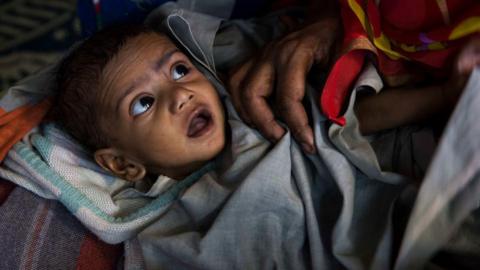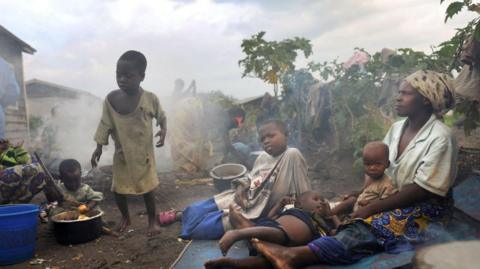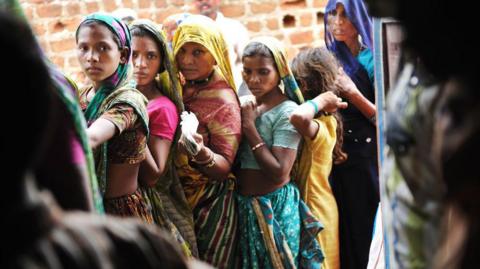Decades of caste discrimination have contributed to India having higher levels of child stunting rates than across Sub-Saharan Africa, new research has revealed.
The two regions together are home to 44% of the world’s under-five population but account for about 70% of stunted children globally - a key indicator of malnutrition.
But, while both have made significant strides in recent years, India’s rate stands at 35.7%, with the average across Sub-Saharan Africa’s 49 countries at 33.6%.
A child is considered stunted when they fall short of the expected height for their age - a clear sign of critical nutritional gaps.
However, the study by Ashwini Deshpande (Ashoka University) and Rajesh Ramachandran (Monash University, Malaysia) found that focusing only on the height gap - or why Indian children are shorter than children in Sub-Saharan Africa - overlooks an important factor: the crucial role of social identity, especially caste, in child malnutrition in India.
The first 1,000 days of a child's life, often called the "golden period", are pivotal: by age two, 80% of the brain develops, laying the foundation for lifelong potential. In these early years, access to healthcare, good nutrition, early learning, and a safe environment profoundly shapes a child's future.
India and Sub-Saharan Africa, both with rapidly growing middle classes, young populations and significant workforce potential, share longstanding comparisons. In 2021, the World Bank reported, “Sub-Saharan Africa and South Asia [including India] account for over 85% of the global poor,” underscoring similar challenges in poverty and development.



